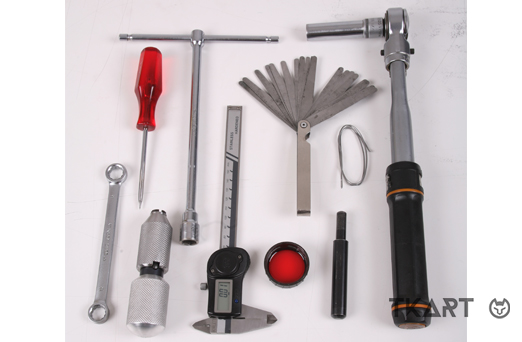Frequent Searches
Frequent Searches
Tucked away at the heart of the engine, where temperatures are hellish and forces reach maximum power, the piston is one of the most stressed parts of the engine and, therefore, need to be kept an eye on more than most. Its replacement is an operation that all kart drivers will have to reckon with, sooner or later. There are two main reasons for replacing a piston: they either break or wear. The recommended period for replacing a piston is more or less every 40 litres of mixture used.
Such is the case for amateur kart racers, while in other cases it is advisable to change the piston after each race. The rules apply to any kart engine, be it an old 100, an OK (formerly KF) or a KZ. On this occasion, the Doc is using a direct drive 125 cc engine by Iame, but the operations are more or less always the same.
